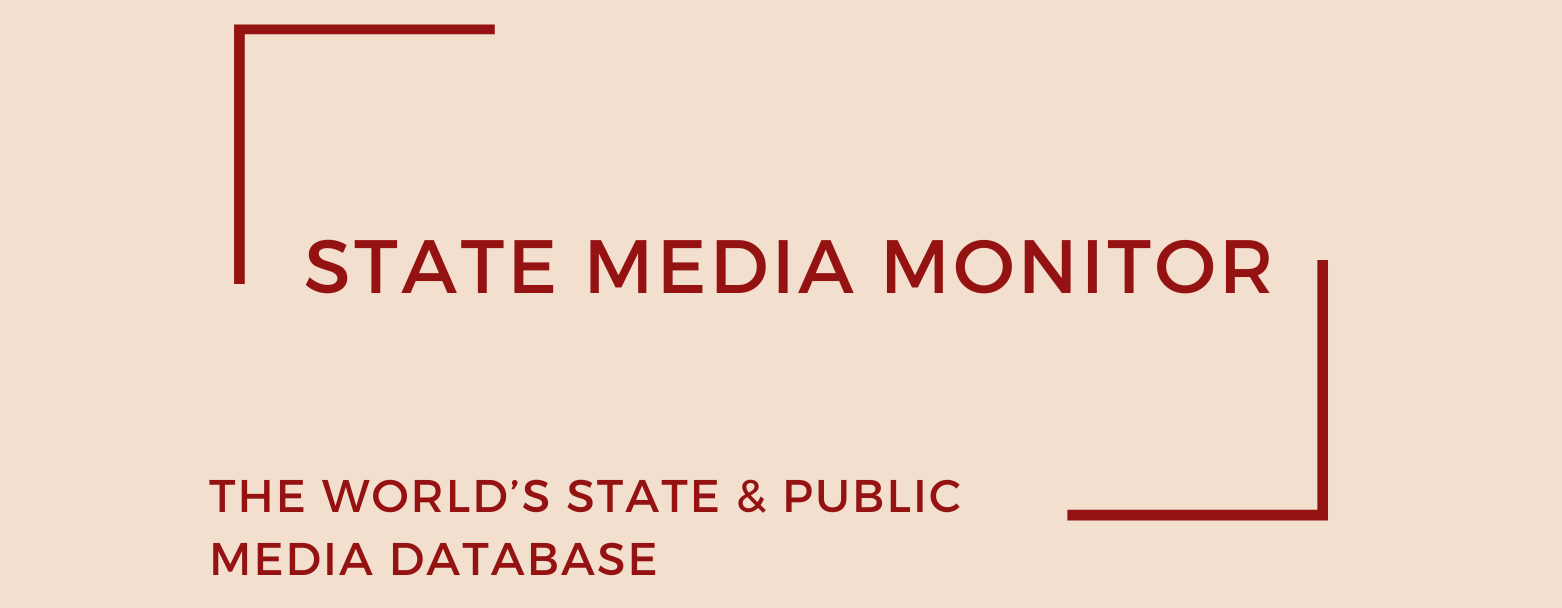Whakaata Maori
Whakaata Māori, mandated by law in 2003 to champion Māori language and culture, has steadily evolved into a cornerstone of Indigenous media in New Zealand. A rebranding in June 2022 formalized the use of “Whakaata Māori,” reinforcing its commitment to reflecting Māori identity in its mission and name.
Media assets
Television: Māori Television
State Media Matrix Typology
Independent State-Funded (ISF)
Ownership and governance
Established under the Māori Television Service Act 2003, Whakaata Māori is structured as a Māori–Crown partnership. Te Mātāwai—a legislatively independent body representing Māori interests—appoints four of the seven board members, ensuring the broadcaster remains culturally grounded while being accountable like a Crown entity. The June 2022 switch to the name Whakaata Māori marked a milestone in identity clarity and resonance.
Shane Taurima (Rongomaiwahine, Ngāti Kahungunu) serves as Kaihautū (Chief Executive) of the broadcaster. With three decades of experience across broadcasting, politics, and Indigenous media leadership, he also chairs the World Indigenous Broadcasters Network. Since assuming the helm, Taurima has steered Whakaata Māori through its digital transformation, expansion of platforms, and deeper global engagement.
Source of funding and budget
Whakaata Māori relies heavily on government funding via Vote Māori Affairs, supplemented by support from Te Māngai Pāho. Historical budget figures include: FY2021: NZ$38.4 million; FY2022: NZ$40.5 million; and FY2023: NZ$46.1 m (fiscal year ending June), according to data from company annual reports.
In mid‑2024, facing a 20% funding decline (~NZ$10.3 m over two years), Whakaata Māori announced a major shake‑up: scaling down executive leadership from seven to four roles, shuttering its standalone Te Reo channel in favour of an online-only presence, and streamlining content investment toward high-impact storytelling. By December 2024, these changes manifested in the axing of 27 positions, the retirement of its 20‑year news bulletin, and the pivot of Te Ao Māori News to a digital-first model from 13 December 2024.
In the 2024/25 financial year, Whakaata Māori received a budget allocation of NZ$48.6 million, supporting its nationwide broadcasting and cultural programming. However, in Budget 2025 the government reduced this funding to NZ$42.3 million for 2025/26, a cut of more than NZ$6 million that has forced restructuring and raised concerns about the broadcaster’s long-term capacity.
Despite financial headwinds, Whakaata Māori continues to punch above its weight in societal influence. Its 2025 Social Value Report, produced by Social Ventures Australia, reveals an estimated NZ$114.2 million in social value generated in FY2023/24, more than double its operating budget. Notable impacts include increased home use of te reo (the Māori language), enhanced identity among Māori viewers, and elevated linguistic proficiency among learners.
Politicians from Te Pāti Māori have seized upon this data to argue for more equitable and meaningful funding in Budget 2025, asserting that the broadcaster delivers exceptional return on investment for cultural preservation and national cohesion.
Editorial independence
The Māori Television Service Act 2003 enshrines editorial autonomy, explicitly prohibiting government meddling in programming. A viewer complaints system is in place, pledging responses within 20 days, underscoring the broadcaster’s transparency and accountability.
August 2025
Citation (cite the article/profile as part of):
Dragomir, M. (2025). State Media Monitor Global Dataset 2025.
Media and Journalism Research Center (MJRC).
Zenodo.
https://doi.org/10.5281/zenodo.17219015
This article/profile is part of the State Media Monitor Global Dataset 2025, a continuously updated dataset published by the Media and Journalism Research Center (MJRC).
